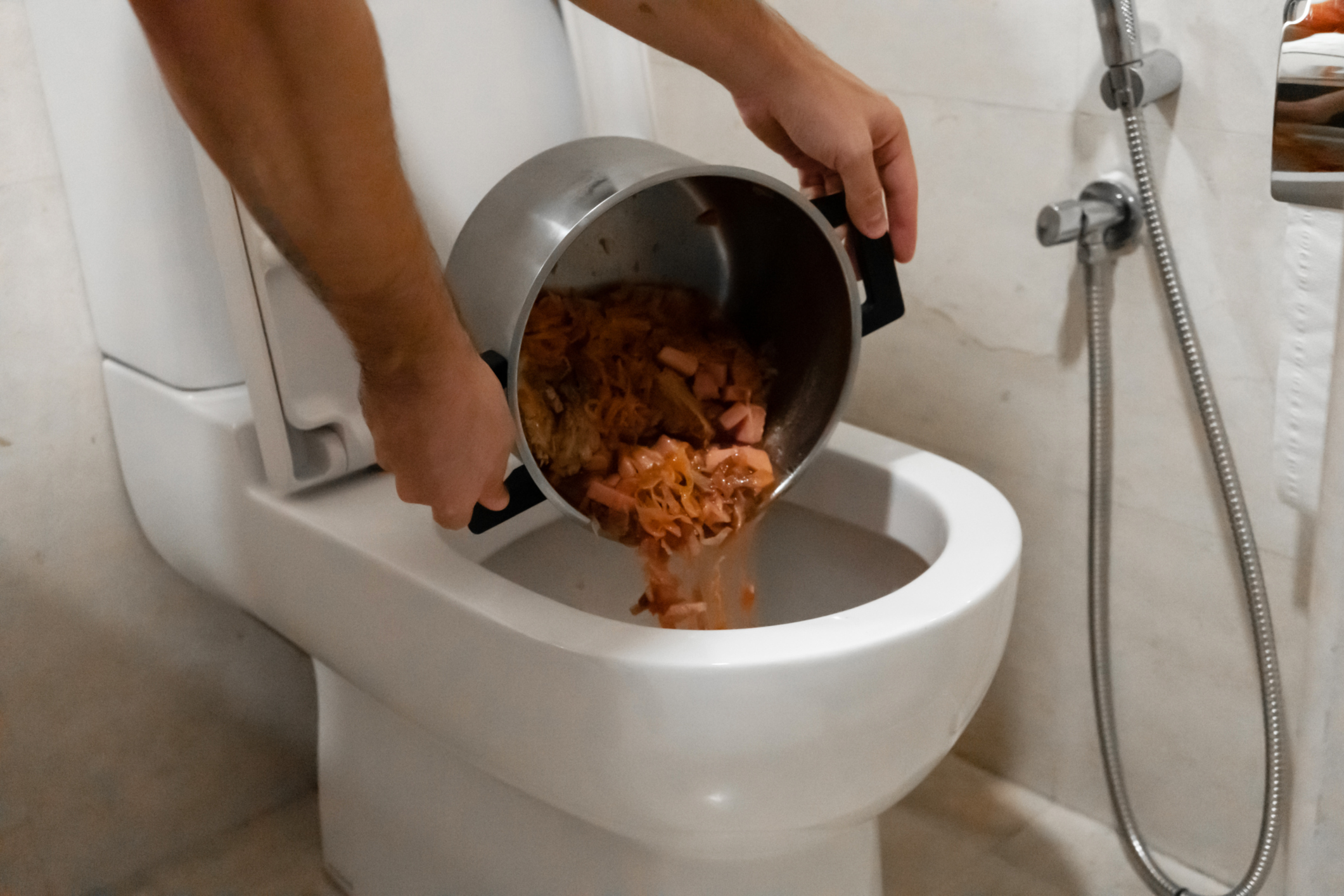In this article on the next paragraphs you'll find more amazing expertise pertaining to Is it safe to flush food (especially rice) down the toilet?.

Intro
Many people are usually confronted with the issue of what to do with food waste, especially when it concerns leftovers or scraps. One typical inquiry that arises is whether it's alright to flush food down the bathroom. In this write-up, we'll explore the reasons people may consider flushing food, the effects of doing so, and different techniques for correct disposal.
Reasons that individuals may think about flushing food
Absence of awareness
Some people may not understand the possible harm triggered by flushing food down the toilet. They may mistakenly believe that it's a safe technique.
Convenience
Flushing food down the bathroom might feel like a fast and simple remedy to getting rid of unwanted scraps, particularly when there's no neighboring trash can readily available.
Negligence
In some cases, individuals may merely pick to flush food out of large negligence, without thinking about the consequences of their activities.
Effects of flushing food down the commode
Ecological impact
Food waste that winds up in waterways can add to air pollution and harm water environments. Furthermore, the water made use of to purge food can stress water resources.
Plumbing problems
Purging food can result in stopped up pipes and drains, triggering pricey plumbing repairs and inconveniences.
Kinds of food that need to not be purged
Coarse foods
Foods with fibrous appearances such as celery or corn husks can get tangled in pipes and cause obstructions.
Starchy foods
Starchy foods like pasta and rice can take in water and swell, causing blockages in pipes.
Oils and fats
Greasy foods like bacon or food preparation oils must never ever be flushed down the bathroom as they can solidify and cause clogs.
Proper disposal approaches for food waste
Using a garbage disposal
For homes equipped with waste disposal unit, food scraps can be ground up and purged through the plumbing system. Nonetheless, not all foods are suitable for disposal in this fashion.
Recycling
Certain food product packaging materials can be recycled, minimizing waste and decreasing environmental impact.
Composting
Composting is a green way to dispose of food waste. Organic materials can be composted and used to enhance soil for gardening.
The relevance of appropriate waste administration
Minimizing environmental damage
Proper waste monitoring techniques, such as composting and recycling, assistance decrease air pollution and preserve natural resources for future generations.
Safeguarding pipes systems
By preventing the practice of flushing food down the commode, house owners can stop pricey pipes repairs and keep the integrity of their plumbing systems.
Final thought
In conclusion, while it may be tempting to purge food down the bathroom for ease, it is necessary to understand the prospective consequences of this activity. By taking on appropriate waste administration methods and dealing with food waste properly, people can contribute to much healthier pipes systems and a cleaner setting for all.
FLUSH FOOD DOWN THE TOILET?
FLUSHING FOOD CAN CAUSE BLOCKED DRAINS IN YOUR HOME
All of the plumbing fixtures in your home are connected to the same sewer pipe outside of your home. This outdoor sewer pipe is responsible for transporting all the wastewater from your home to the Council sewer mains. Even small pieces of food that go down the kitchen sink can cause problems for your sewer. It should therefore be obvious that flushing larger bits of food, such as meat, risks a clog in either the toilet itself or the sewer pipes. Flushing greasy food is even more problematic because oil coagulates when it cools, coating the interior lining of your pipes.
THE TOILET IS NOT A BIN
Food isn’t the only thing that people shouldn’t be flushing down the toilet. People use the toilet to dispose of all kinds of things such as tampons, makeup wipes, dental floss, kitty litter and even underwear. Water goes to great lengths to educate residents about the high costs and stress placed on wastewater treatment systems simply from people flushing the wrong stuff down the toilet. It costs taxpayers millions of dollars each year, and homeowners thousands in blocked drain repairs.
FLUSHING FOOD IS A WASTE OF WATER
Flushing food is a waste of our most precious resource - water. In June this year Level 1 water restrictions were introduced to protect water supply from drought conditions. Much of New South Wales continues to be affected by prolonged drought with recent figures revealing up to 97 per cent of the state remains in drought. Depending on whether you have a single or dual flush toilet, every single flush uses between five and 11 litres of water. In the current climate this is a huge amount of water to be wasting on flushing food that should be placed in the bin (or better yet, the compost).
https://www.jabplumbingsolutions.com.au/blog/can-you-flush-food-down-the-toilet

We were introduced to that editorial on Think Twice Before Flushing Food Down Your Toilet from a buddy on our other website. Are you aware of another individual who is intrigued by the topic? Take a moment to promote it. I am grateful for your time. Kindly pay a visit to our site back soon.
Call Today